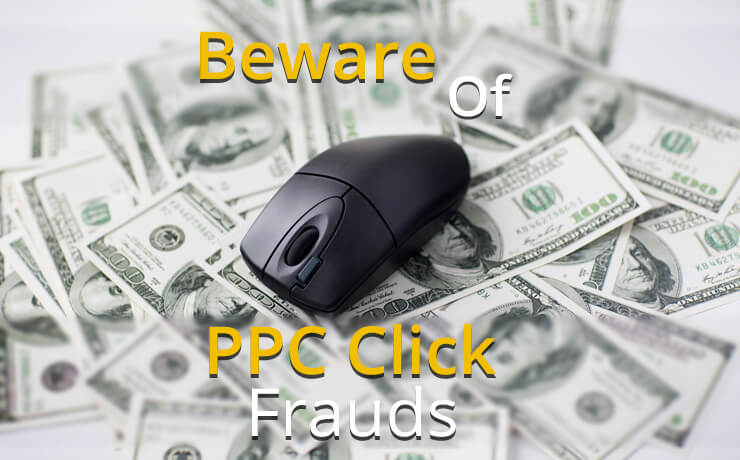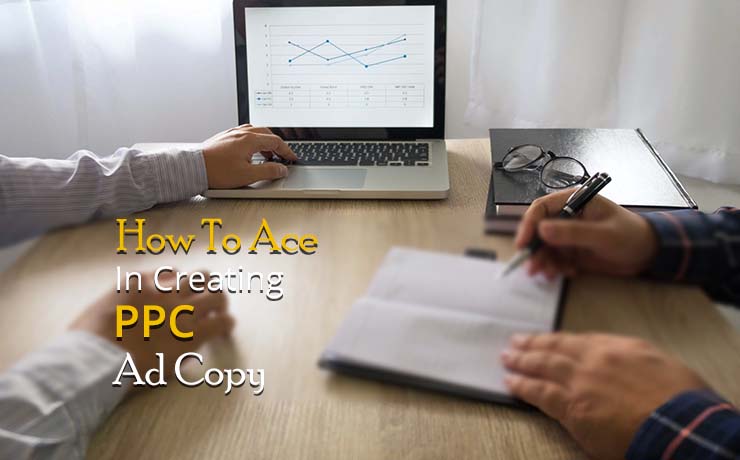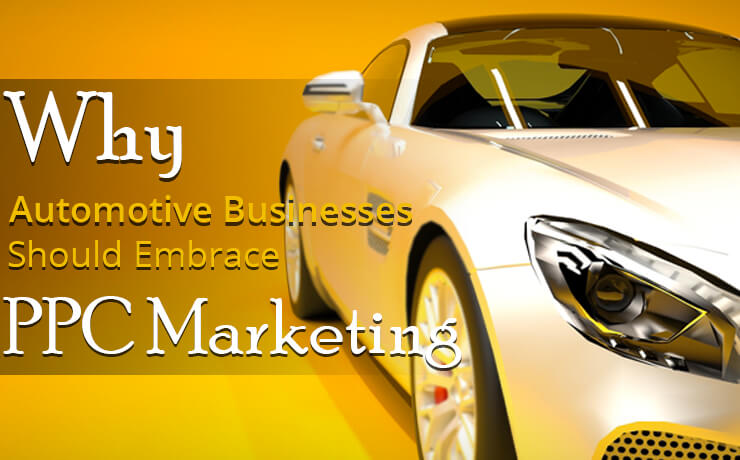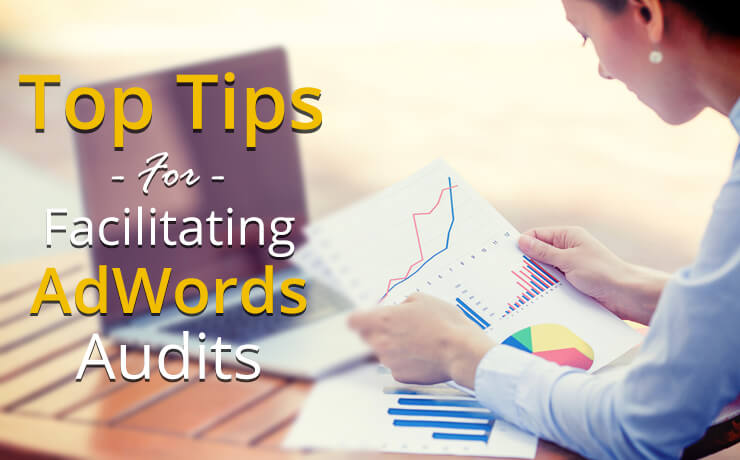What You Need To Know About Direct Response Marketing

Chad Faith
Director of Content
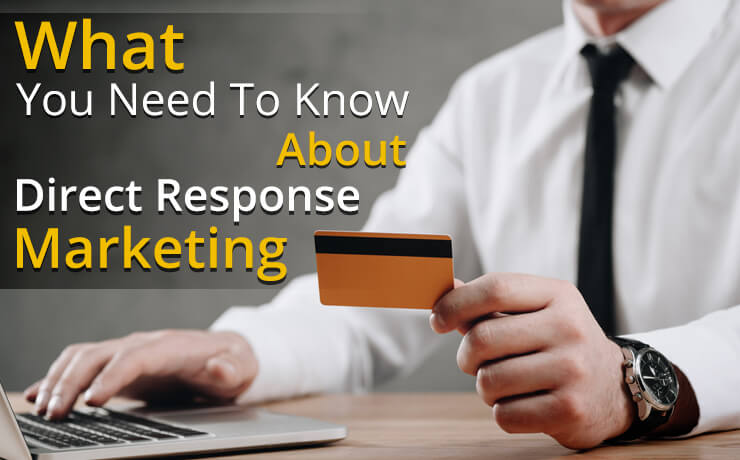
What do you see when you think of advertising? Is it massive campaigns ran by big brands such as Doritos or Coke? If you own a small business and that is your idea of advertising, it can be pretty overwhelming for you. You do not need to take the giants head-on. What you need is a different approach, i.e. a marketing strategy that drives action immediately. That’s where direct response marketing comes in.
What’s Direct Response Marketing?
Direct response marketing is designed to send clients targeted messages that encourage specific actions. For example, refer-a-friend, a newsletter subscription, read a certain blog post, by the latest product, and more. Do keep in mind that it is different from direct mail. Direct response marketing can be any form of marketing that initiates a certain response. It can come in the form of Facebook ads, Twitter ads, emails, and landing pages. In many cases, this type of marketing usually targets specific groups of audiences who are likely to become real customers.
Some of the key successful elements of direct response marketing include:
- Personalization
- Clear call-to-action
- Clearly outlined benefits
- Features specific offers
- Targeted
- Measurable
- Trackable
Examples of Putting Direct Response Marketing to Work
Driving upsells
The probability of a new prospect going through with a purchase is five to 20 per cent. The probability of a successful repeat sale is approximately 70 or 90 per cent. Look at Dollar Shave Club. Up to 30% of the their revenue comes from the initial sale. They have a subscription model in place that sends their customers friendly reminder emails every month to drive recurring sales. You should create a sense of urgency through a direct response campaign. You can get customers to buy your great product without giving away freebies or discounts.
Recruitment drives
In the sharing and on-demand economy, sometimes it is not only about sales. For some businesses, they are positioned as the bridge between supplies and buyers. Their success usually demands that they attract quality end-consumers and suppliers to participate in their platform. Take a look at Lyft and Uber as an example. A major part of their driver recruitment was actualized through direct response advertising. As they wanted potential drivers to take action quickly, they offered a massive sign-on bonus for new drivers. As you can see, this form of marketing does not always have to be about convincing people to spend their money.
Driving eCommerce sales with Facebook ads
This is a classic example of a direct response ad. eCommerce advertisements have very clear goals. For example, “Shop Now!” or Buy this today!” Take a shoe ad as an example. You will want to clearly display the offer and explain the factors that make them so special. You can say that the shoe offers the look of a men’s dress shoe while providing the comfort and ease of a slip-on.
Good news: Being a small business owner does give you an advantage over corporations. You will be able to connect with your customers on a personal level. With direct response PPC, you can allow your clients to interact closely with your company, and not view you as a generic billboard that’s set up for all to see.
 Free
Consultation
Free
Consultation Free
Google Ads Audit
Free
Google Ads Audit
